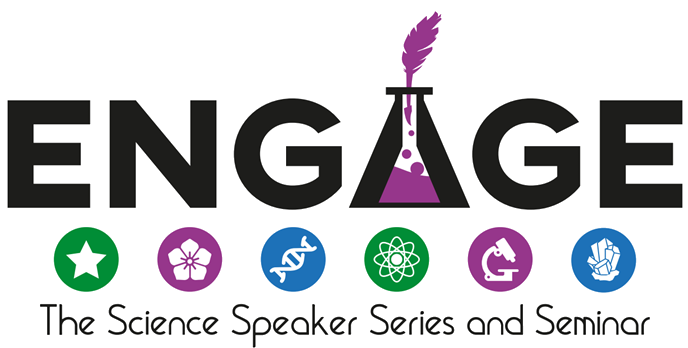Pain on the line: Engineering electricians to defeat chronic pain
Sodium ion channels play a crucial role in propagating electrical signals throughout the nervous system
We all know pain. It's that "ouch" when you stub your toe, the twisted ankle from a failed parkour stunt, or the deep, dull back ache that reminds us how many candles will be on our birthday cake this year.
Pain is your body's way of sounding the alarm that something's wrong. But sometimes, it keeps blaring long after it's useful - like a smoke alarm that won't stop beeping after you've burnt some toast! That’s when we need effective ways of turning off the alarm.
For severe pain, say after a major surgery, doctors often turn to opioids. Opioids are very powerful anti-pain medications because they act directly on the central nervous system. But opioids are like shutting off the whole power grid to stop a smoke alarm in a single room! They come with significant risks: slowed breathing, dizziness, and most concerningly, addiction.
The opioid crisis has shown us just how dangerous these drugs can be. making it clear that we need better, safer options for pain relief.
This has prompted a search for better approaches to tackle pain, and a promising one is targeting ion channels. Ion channels are proteins on the surface of nerves that help transmit signals, including pain. Think of them as gatekeepers, deciding which signals get to pass through and reach the brain. By blocking specific ion channels, we can stop pain at its source - before it even reaches the central nervous system. It’s the equivalent of tripping a circuit breaker to stop an electrical overload—addressing the issue locally to prevent damage to the entire system.
In my work, I design mini-proteins that specifically target these ion channels. These mini-proteins would act as specialized electricians for the body - they identify the circuit that's causing the problem and flip the right switch to stop it. One of the most promising targets is the sodium ion channel Nav1.7, which plays a crucial role in pain signaling. In rare cases, people born without functional Nav1.7 channels feel no pain at all. We are inspired to replicate this, but in a controlled manner - dialing down pain without turning it off completely and without the risks that come with opioids.
Our approach is inspired by one of nature's clever tricks: tarantula venom! Tarantula toxins are remarkable because they can specifically block certain ion channels in prey, paralyzing them in the process. Tarantula toxins work by interacting with special parts of ion channels that detect changes in electrical activity. These special parts are like the on-off switches of nerve cells, and controlling them could help us control when pain signals get through. By designing mini proteins that work in a similar way to these toxins, we can block pain signals at the source with high specificity.
In 2022 alone, over 80,000 people in the United States died from opioid overdoses. These numbers have been rising year after year, but the future is promising. A novel drug targeting a sodium ion channel for pain management is on the verge of approval - and we hope that our work offers newer options for patients to experience the joys of pain relief. Something to finally turn that alarm off!
Preetham Venkatesh is a Biochemistry graduate student at David Baker’s lab at the University of Washington. His research focuses on designing novel proteins that can interact with proteins in the human body.

